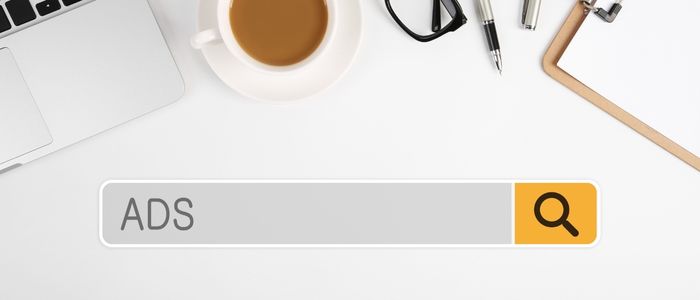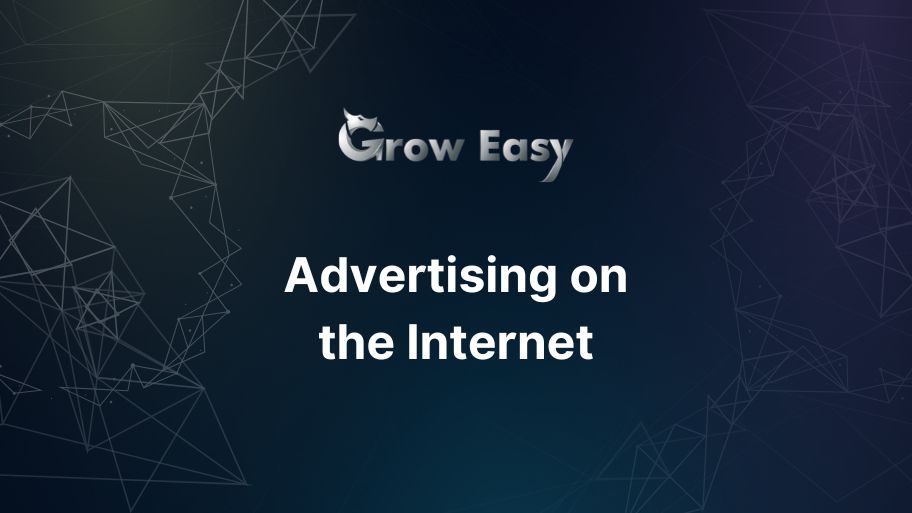Popular advertising on the internet sounds like something that has always existed, right? It's just that we've become so accustomed to internet advertising that it's hard to imagine life without it. It's also hard to imagine that the early internet took commerce out of the equation. These days, the Internet is the foundation of every industry. It makes it easier than ever to set up shop and turn your passions into a source of income. But getting started is only half the battle. To keep that store going, you'll need some advertising on the internet.
The good news is that with no printing costs, any advertising on the internet is usually the cheaper alternative to traditional ads. Digital ads are also more immediate - instead of convincing the consumer to visit a physical store, digital ads can take them directly to a web page to make a purchase quickly and easily.
Despite these conveniences, not all advertising on the internet is a quick win for businesses. Every brand is vying for attention on the internet, competing not only with other ads, but also for entertainment. There are also a huge number of channels to distribute your advertising on the internet (each with a specific audience) and many forms that your advertising can take.
All this can make online advertising daunting for newcomers. That's why we've compiled this beginner's guide to Internet advertising, outlining the basics of success in this arena. Stay tuned to learn more!
Advertising on the internet - what is it?
Digital advertising is the distribution of promotional content through online channels. Simply put, it is advertising on the internet.

Although often included as part of a brand's overall digital marketing strategy, online advertising is its own separate practice. It usually involves buying advertising space for campaigns. Against this backdrop, marketers often prioritize organic growth through existing channels like email newsletters, blog content, social media campaigns, search engine marketing, and more, though you can weave digital ads into these.
Digital advertising is a broad category with new types of "ads" coming together every day. They appear in any number of forms (banner ads, digital flyers, videos or animations) and on any number of channels (from social media to specific websites and search engine results).
Advertising on the web - objectives
The goals of your online advertising strategy will vary from campaign to campaign and are likely a component of your business's overall annual or quarterly goals. However, traditional advertising practice outlines a combination of three general objectives - inform, persuade and remind.

- Inform - Create brand or product awareness
- Convince - Increase revenue by converting customers
- Remind - Keep your brand at the forefront of the consumer's mind
Although ads cost money, direct sales are not always the primary goal of advertising. There are many routes to increasing revenue, some of which are explicitly indirect. For example, an ad may convince a viewer to click a CTA (call to action) button and purchase, or it may inform them about a product.
Types of advertising on the internet

Although there are many different types (and subtypes) of online ads, we can divide them into two main categories.
Display ads
Display ads are the most recognizable type of digital advertising. They typically consist of images, ad copy, and a CTA in some configuration. They bear the closest resemblance to traditional advertising. The most common types of display ads are:
- Banners - square or rectangular ads based on images displayed above or to the side of web content.
- Pop-up ads - ads that interrupt browsing by overlaying the image on the screen and requiring the viewer to manually close them.
- Interstitial ads - ads that appear during the loading screen and require the viewer to wait a few seconds before clicking away from them.
- Rich Media Ads - ads with interactive elements (besides CTA buttons) such as text boxes, swipe/scroll functionality, multiple choices, or 360° rotating images.
- Video ads - standard video ads as on TV. Only digital video platforms allow viewers to skip some ads after a few seconds.
Native ads
Native ads are ads that are designed to be integrated seamlessly into a digital feed. They are designed to look completely natural and organic, hence the term native. These ads pay attention to their target audience and seek to mimic the type of content the viewer is consuming or searching for. Because of this, the way native can look varies depending on the audience and platform. Here are the most common types of native ads:
- Social ads - companies pay for their social media posts to rank higher in the platform's algorithm and appear in the feeds of people who aren't followers who have similar shopping or browsing habits.
- Paid search ads - businesses pay to have their web pages rank at the top of a general search engine results page for selected keywords or phrases.
- Promotional ads - companies pay to have their products listed at the top of a website or shopping app's search results page.
- Featured Ads - companies pay to have their products or content featured in related/recommended sections for shopping or content sites.
- Influencer marketing - companies partner with social media stars with high follower counts and create sponsored content for that influencer's feed.
- Sponsored content - companies sponsor podcasts, video channels or specific pieces of content. Advertising can include the content creator reading long ad copy or simply notifying the audience that the content is sponsored by a specific brand.
- Product placement - companies pay to have their products featured without direct advertising in videos or video games.
The process of building advertising on the Internet

The process of building a classic online ad involves four main steps:
- Strategy - every digital advertising concept must be supported by good market and audience research.
- Budgeting - budgeting is the process of prioritizing advertising ideas and clarifying where finances are best and most effectively directed.
- Production - this step should clarify who the individuals will be who will undertake the various stages of building the chosen advertisement. It is important to work with the right professionals with experience in their field.
- Distribution - each online channel has a different process for distributing ads.
While digital advertising is meant to complement overall organic marketing efforts, it can independently boost sales, promote brand awareness, and connect with your audience in a much faster way. To do this, of course, you also need great advertising content that engages your audience.
